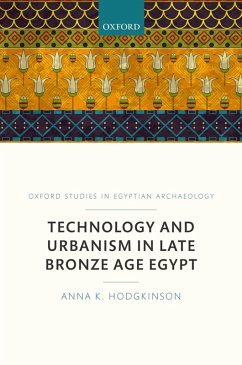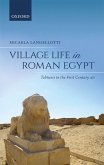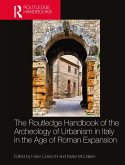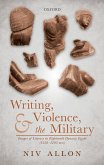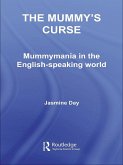This book provides the first systematic and comprehensive discussion of the intra-urban distribution of high-status goods, and their production or role as a marker of the nature of the settlements known as royal cities of New Kingdom Egypt (c.1550-1069 BC). Using spatial analysis to detect patterns of artefact distribution, the study focuses on Amarna, Gurob, and Malqata, incorporating Qantir/Pi-Ramesse for comparison. Being royal cities, these three settlements had a great need for luxury goods. Such items were made of either highly valuable materials, or materials that were not easily produced and therefore required a certain set of skills. Specifically, the industries discussed are those of glass, faience, metal, sculpture, and textiles. Analysis of the evidence of high-status industrial processes throughout the urban settlements, has demonstrated that industrial activities took place in institutionalized buildings, in houses of the elite, and also in small domestic complexes. This leads to the conclusion that materials were processed at different levels throughout the settlements and were subject to a strict pattern of control. The methodological approach to each settlement necessarily varies, depending on the nature and quality of the available data. By examining the distribution of high-status or luxury materials, in addition to archaeological and artefactual evidence of their production, a deeper understanding has been achieved of how industries were organized and how they influenced urban life in New Kingdom Egypt.
Dieser Download kann aus rechtlichen Gründen nur mit Rechnungsadresse in A, B, BG, CY, CZ, D, DK, EW, E, FIN, F, GR, HR, H, IRL, I, LT, L, LR, M, NL, PL, P, R, S, SLO, SK ausgeliefert werden.

